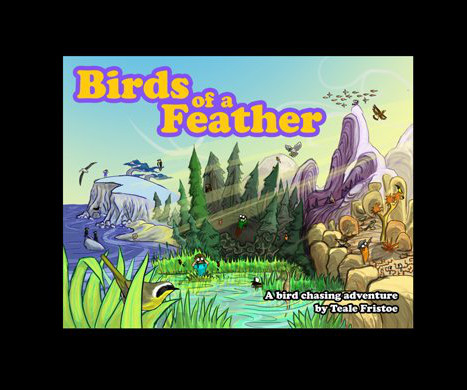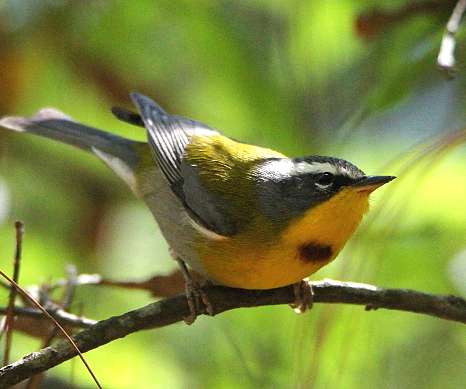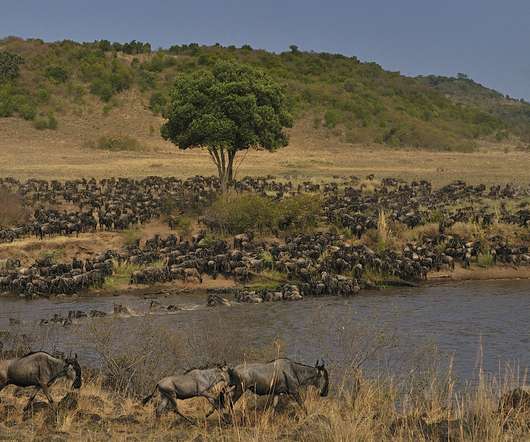“The (Big) Year that Flew By: Twelve Months, Six Continents, and the Ultimate Birding Record”
10,000 Birds
JUNE 29, 2023
Yet, I was not aware of any of Arjan’s big year updates in English, so I had no clue where he was or how many species he managed to see. After 3 months of South and Southeast Asia, Indonesia and Australia, Arjan’s count stood at 2,060 species. And I wanted to learn about his travels in detail.












Let's personalize your content